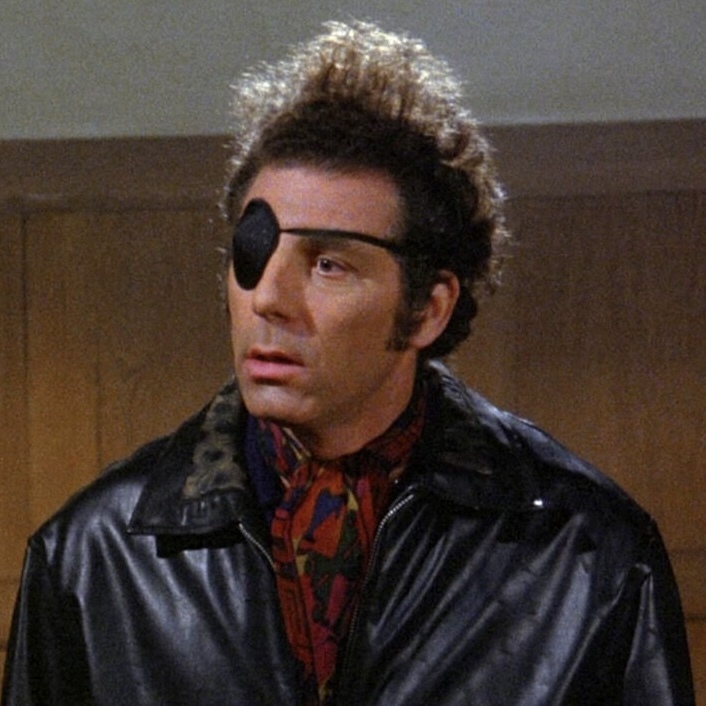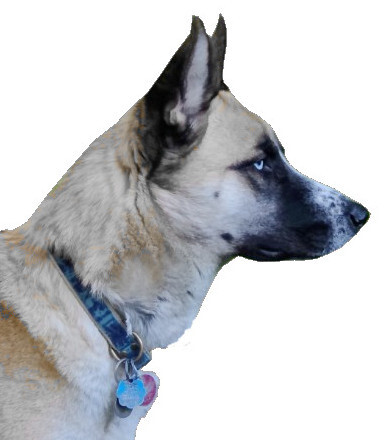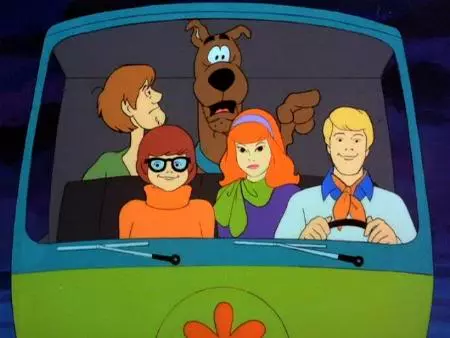I understand that weather on TV can’t be hyperlocally accurate. But a weather app on my phone has my exact GPS coordinates. Why can’t it tell me exactly when a rain cloud will be passing over my location?
It’s gotten to the point where I just use precipitation maps to figure out my rain chances for the day.
The hourly forecast is mostly useless because it’s not a chance % but a % of the area that will be raining.
MinuteCast from AccuWeather does exactly this. It looks at your location, looks at radar data for storm systems approaching your location, and estimates when precipitation will start at your location and how intense it will be. It’s generally pretty accurate, with some limitations. It seems to be pretty good for consistent rainstorms but it can get tripped up by pop-up thunderstorms, where the radar track can go suddenly from no rain to downpour. It doesn’t make predictions more then 2-3 hours out because past that timeframe it’s not easy to predict if weather will continue on its current track or change direction. Even with the limitations, I use it all the time. Mostly to tell if I should take the dogs out right away, or if I should wait an hour or two.
This is exactly what I’m looking for! I also often check the weather to get a gauge on whether it’s clear to walk my dogs. 2-3 hours ahead is perfect.
Weather.com also has real-time alert . You get notifications for rain about 30-40 minutes in advance based on specific location
Since people are sharing their weather apps, I use Breezy Weather! Multiple sources, lots of info, FOSS, what’s not to like. I tried multiple sources untill I found one that was the most accurate for me.
Darksky could do it back in the day more or less. you’d get messages that it would rain in about 15 minutes and stop in the next 30.
Thing is, precep maps don’t work everywhere. You’re probably in a location like me where a thick front rolling through will almost always bring rain. If you get into warmer tropical climates, rainclouds will just poof out of nowhere and drop rain on your ass while other crazy fronts will pass over with nothing but some dark clouds.
Apple bought darksky, and Apple Weather now has that feature that notifies you before it rains.
Apple butchered the integration. I fucking hate the stock iOS weather app 😤🤬
yeah, i don’t run apple so they don’t exist for me anymore.
That sucks. It is so frustrating when large companies shut down widely used public APIs.
I can’t really describe to you how angry I was when that shit went through. Like… I knew it was ridiculous to get so angry but, I LOVED THAT FREAKING APP.
Apple bought darksky
OMG I had no idea. Ouch.
Oh, yeah. Not only did they take it away from all Android users, they also killed the API that let other apps access it. I wrote an open-source tool that made Dark Sky data available to Wear OS watch faces. It worked beautifully for several years, until Apple killed it.
The worst of it is that was my second attempt. An earlier version of the same tool worked with Weather Underground data. Then IBM bought it, changed the API completely, and priced it so that only business could afford it.
I haven’t had the heart to try a third time.
Sorry, every once in a while I’m overcome with the need to whine about it.
Just putting it out there, but the National Weather Service has a free API here.
Does most weather data in the US ultimately come from weather.gov? No idea about API but maybe it can be scraped from the web.
NWS is a great resource, but there are a startling number of other organizations that collect weather data.
You wouldn’t scrape WUnderground
😉
LOL. Thanks for your service. I think you should let yourself off with time served ;-)
I appreciate that. :-D
Weather apps don’t do real time analytics, but show you the forecast some nearby weather station has calculated. Whether that’s based on current data or a couple hours ago depends on the exact provider they use. And hardly anyone of those are done by actual humans, it’s aggregated statistics.
If you look at precipitation maps, you are doing that forecast by yourself based on cloud movements and local knowledge, something no machine-generated forecast can do as good.
Plus, there’s usually one weather station covering a large area, so hyperaccurate predictions would have to be made just for you - which simply costs to much.
Nearby is so highly dependent on where exactly those are located, and what they’re connected to (some are handled by local volunteers that have hardware that reports periodically as opposed to being operated by an agency directly). Various apps don’t all connect to the same data sources.
Official reporting locations may not actually be close to you and weather can be highly localized. A mile can make a massive difference in weather in some regions, and the official recording location for the city is 10 miles away.
Even very close data stations are limited. I regularly get incorrect rainstorm notifications from data gathered from a couple miles away.
Sma here. I have a buddy that’s a half mile away and we regularly don’t have the same rain. It’ll be pouring here and dry as a bone there.
I had family from out of town calling me once because the nstional news was reporting the entire area was hit with heavy storms and tornados. The city isn’t even more then 15 minutes down the interstate, but we didn’t get a single drop of rain.
I once experienced a storm where, for a very brief time, my front yard was experiencing a torrential downpour and my back yard was dry as a bone.
My house was not that big - maybe 1700-1800sq ft - and our lot size was less than a quarter acre. Blew my mind. (Obviously storms have edges. It was still weird.)
I notice the rain predictions are quite a bit more accurate in the cooler months. You can see a weather front traveling west to east as it comes across the country (I’m in US) and rains can last all day. During the hotter parts in summer rain clouds appear out of nowhere usually in the afternoon and rains are heavy but brief. This happened here in NE Ohio just an hour ago. There was no forecast for rain that I was aware of but suddenly we got doused for twenty minutes.
Some airports are still reporting temps once an hour, so the info you get from an app can be old and irrelevant. Also some apps use a forecast made days before, they are too cheap/busy to update it.
MyRadar is scary good, in my experience.
Look at a weather map with animated radar overlay. You will often see precipitation approaching and can predict how soon based on its speed and heading.
Because we have tons of ground-level sensors, but not a lot in the upper layers of the atmosphere, I think?
Why is this important? Weather processes are usually modelled as a set of differential equations, and you want to know the border conditions in order to solve them and obtain the state of the entire atmosphere. The atmosphere has two boundaries: the lower, which is the planet’s surface, and the upper, which is where the atmosphere ends. And since we don’t seem to have a lot of data from the upper layers, it reduces the quality of all predictions.
The hourly forecast is mostly useless because it’s not a chance % but a % of the area that will be raining.
Unless your precise location is a statistical outlier these will be the same thing?
Not really. Using % of forecast area as % chance of rain inherently gives equal weight to your position being anywhere within that area. Even if you limit the forecast area to the 5m or whatever it is radius that smartphone GPS is typically accurate to which a weather app could theoretically do, simply using % of the forecast area covered as % chance of rain inherently gives equal probability of you being literally anywhere within that 5m radius. It would obviously still be more accurate, but those numbers wouldn’t be the same thing.
I use MyRadar for everything. Have for years. https://apps.apple.com/app/id322439990
Weather Underground allows you to filter down to your zip code. Not accurate down to your exact vicinity, but better than the weather forecast for your entire city.
Weather prediction at point locations is extremely challenging to get right because we simply can’t observe and make predictions for every single square inch of the earth. Many weather models are run on grids with boxes about the size of a few kilometers at the smallest scale, which means that any physical process in the atmosphere that is the size of that box or smaller won’t be represented well by the model.
Specifically on your point about clouds passing over your location, cloud and precipitation formation is even more challenging. Clouds and precipitation form due to atmospheric processes ranging from hundreds of kilometers all the way down to micrometers, which practically means the weather models are making an educated guess (albeit a very good one that is informed by scientific research) about when and where clouds will form. And when a model does predict a cloud, it will cover an entire grid box.
Finally, I saw you made a comment about how machine learning should improve forecasts, and in fact it does! But the weather community is still working on data driven models (as opposed to models that solve physical atmospheric equations), and most of them are run by private companies so their output is not free. As these data driven models get better, it may be possible that they will be able to make predictions at scales less than a kilometer.
This is a really thoughtful and educational answer. I learned a lot from this. Thank you!
You must be 14. Science doesn’t work like that.
Maybe they are 14. They’re just trying to understand. You, however, are an asshole.
For one thing, there’s two competing weather services providing the data to countless apps in the US and one of them has more money to throw around than the other.
The weather channel has better weather predictions overall than Apple’s own weather app, as rated by Forecastadvisor.com, but is not as accurate as Accuweather is although it’s used in more apps.
Weather is about tracking and predictions. It’s never going to be completely 100% correct. But taking a hodgepodge of information from several prediction services means you’re more likely to be less accurate overall despite what people may think.
Which are the two? NOAA and what else?
NOAA is one, the US armed Forces is the other. Not including info provided from other weather agencies outside the US.
All of those weather services just pull data from NOAA. There’s no competition, besides making up stuff beyond what NOAA predicts.
If all the private company weather services were only getting their info from the NOAA we wouldn’t have such varying results most of the time. Which is basically my point. The results vary because they don’t just use the NOAA’s data and predictions. The second one is actually the US Armed Forces.










